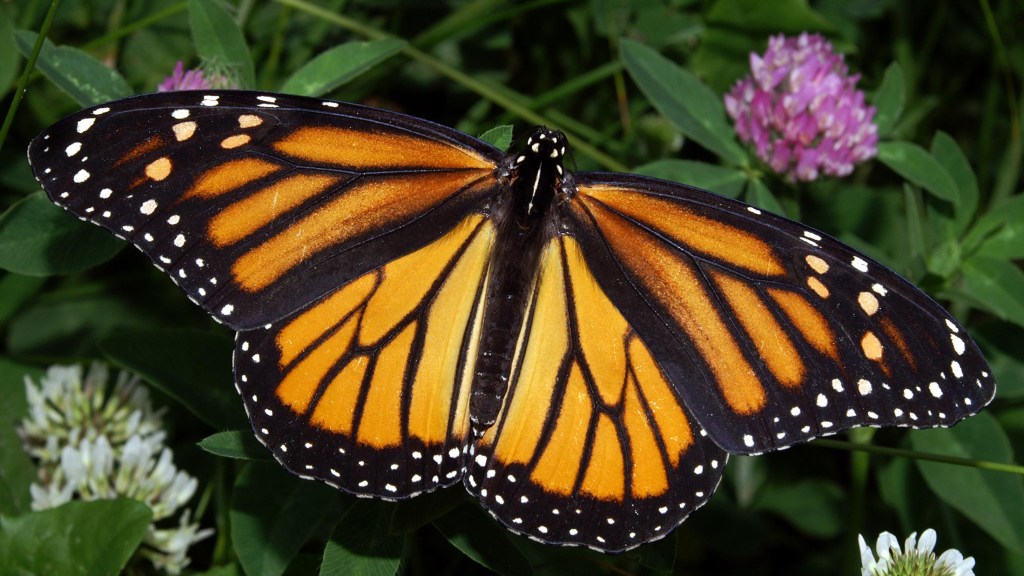For the past month, monarch butterflies have caused a lot of buzz in both the news and in conservation circles. The reason: a report published by the World Wildlife Fund and others that documented a 59 percent decline in monarch populations this year.
This week, Yale Environment 360 published perhaps the best piece yet on this alarming decline, Richard Conniff’s interview with Chip Taylor of Monarch Watch. It presents a number of interesting issues that conservationists should notice.
It’s well known that almost the entire eastern population of monarch butterflies overwinters in a few clustered forests in Mexico. These tiny islands of habitat make the butterflies vulnerable. Many U.S. residents believe that the population decline is, in fact, due to logging in Mexican forests. But as Taylor points out, the Mexican government has done an excellent job stopping illegal logging.
So why the decline?
The study’s authors point to agricultural fields. Taylor suggests that the monarch butterfly is likely “collateral damage” from the use of genetically engineered crops, namely Roundup-ready corn and soybeans. These crops have resulted in significantly higher pesticide use, wiping out the milkweeds that monarchs need to survive.
As Taylor says in the interview:
Now you are really hard pressed to find any corn or soybeans that have milkweed in the fields. I haven’t seen any for years now because of the use of Roundup after they planted these crops. They have effectively eliminated milkweed from almost all of the habitat that monarchs used to use.
Additionally, due to biofuel and high crop prices, there are more acres in corn and soybean production than any year since just after World War II. This has meant that a lot of land has been taken out of the Conservation Reserve Program (CRP) and a lot of marginal land–where milkweeds once grew– has been tilled.
That’s a lot of lost habitat for wildlife, including monarch butterflies.
And here’s where you come in.
Taylor’s Monarch Watch is urging people to plant milkweeds as part of their backyard gardens this spring.
Milkweed isn’t going to grow back on agricultural monocultures. Conniff questions whether backyard gardening can really help, but there are a lot of backyards and vacant lots that could hold milkweeds.
As Taylor says: “To assure a future for monarchs, conservation and restoration of milkweeds has to become a national priority.”
And it would appear that similar citizen-led restoration efforts have helped other species: Consider the nesting boxes that have dramatically helped eastern bluebirds and wood ducks, conservation efforts led by birding clubs, youth groups and backyard enthusiasts. A similar effort in planting milkweed could create a lot of butterfly habitat.
Monarch Watch offers milkweed growing tips to get you started, and has information on other citizen-science projects that can help butterflies.
And, please: lay off those those pesticides. Using alternatives for your weed and pest issues not only helps butterflies, it’s better for kids and pets, too.
Monarch butterflies are one of the most charismatic and beloved species in the country. It’s time for all of us to do our part to make sure they remain a common sight in our yards, gardens and parks.
Photo credit: Kenneth Dwain Harrelson under the the Creative Commons Attribution-Share Alike 3.0 Unported, 2.5 Generic, 2.0 Generic and 1.0 Generic license.




Join the Discussion
41 comments